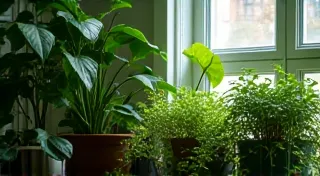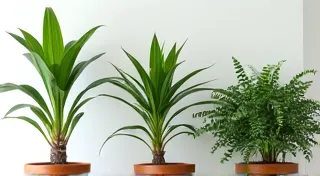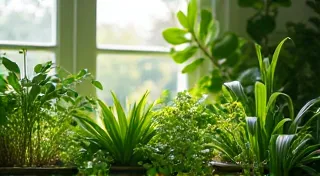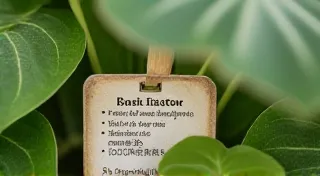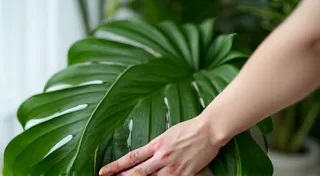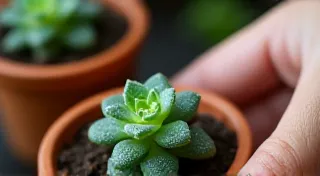Cleaning Your Houseplants: Removing Dust and Keeping Leaves Shiny
Your houseplants bring life and beauty to your home, but did you know they also collect dust? Just like any surface in your home, plant leaves need occasional cleaning. A layer of dust can actually hinder photosynthesis, reducing the plant's ability to thrive. But don't worry, cleaning your houseplants is a simple task that can make a big difference in their overall health and appearance. This guide will walk you through safe and effective ways to keep your houseplants looking their best.
Why Clean Your Houseplant Leaves?
Beyond aesthetics, cleaning plant leaves offers several benefits:
- Improved Photosynthesis: Dust blocks sunlight, reducing the amount of light your plant can use for energy.
- Pest Prevention: Dust can attract pests, creating a welcoming environment for them to infest your plant.
- Enhanced Appearance: Clean leaves are simply more vibrant and visually appealing.
Methods for Cleaning Houseplant Leaves
There are several ways to clean your houseplants. The best method depends on the type of plant and the level of dust accumulation. Here are a few options:
1. The Gentle Wipe
This is the simplest method and ideal for plants with delicate leaves. Use a soft, damp cloth – microfiber cloths work particularly well – to gently wipe each leaf individually. Be sure to wipe both the top and underside of the leaves. Avoid using soap or harsh chemicals, as these can damage the plant’s surface.

2. The Shower Method
For plants with sturdy leaves and a tolerance for moisture, a gentle shower can be very effective. Take your plant to the bathroom or outdoors and use a shower head on a misting setting. Avoid high-pressure water, as this can damage delicate leaves or dislodge the plant from its pot. Be sure the pot has drainage holes to prevent waterlogging. After showering, allow the plant to dry completely before returning it to its usual location.
Important Note: Not all plants enjoy showering! Avoid this method for succulents, cacti, and plants sensitive to leaf spots or fungal diseases.
3. The Water Spray
A simple spray bottle filled with clean water can be used to mist the leaves. This method is best suited for plants that enjoy humidity, such as ferns or tropical foliage plants. It’s a good option for regular maintenance and preventing dust buildup. Make sure the water isn’t too hard or chlorinated; distilled or filtered water is preferable.
4. Using Neem Oil (Optional)
For plants prone to pests, adding a tiny amount of neem oil to your cleaning water can offer a dual benefit. Neem oil is a natural insecticide and fungicide, helping to keep your plant healthy while you clean its leaves. Always dilute neem oil according to the product instructions.
Tips for Specific Plant Types
While the general methods above apply to most houseplants, consider these specific tips:
- Succulents & Cacti: Avoid wetting the leaves, as this can lead to rot. Use a very soft brush to gently remove dust.
- Ferns: These plants thrive in humidity, so the shower method is often ideal.
- Glossy Plants (e.g., Ficus, Philodendron): These plants benefit from regular cleaning to maintain their shine.
- Hairy-leaved Plants (e.g., African Violet): Be extra gentle when cleaning these plants, as the fine hairs can be easily damaged. A gentle wipe with a soft cloth is best.
Frequency of Cleaning
How often you should clean your houseplants depends on your environment and the amount of dust they accumulate. A good rule of thumb is to clean them every 1-3 months. More frequent cleaning may be needed if you live in a dusty area or have pets that like to rub against the leaves.

Final Thoughts
Cleaning your houseplants is a simple but rewarding task. By removing dust and keeping leaves shiny, you're not only improving their appearance but also contributing to their overall health and vitality. So, take a few minutes each month to give your green companions a little TLC, and enjoy the beauty they bring to your home.

